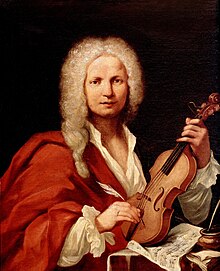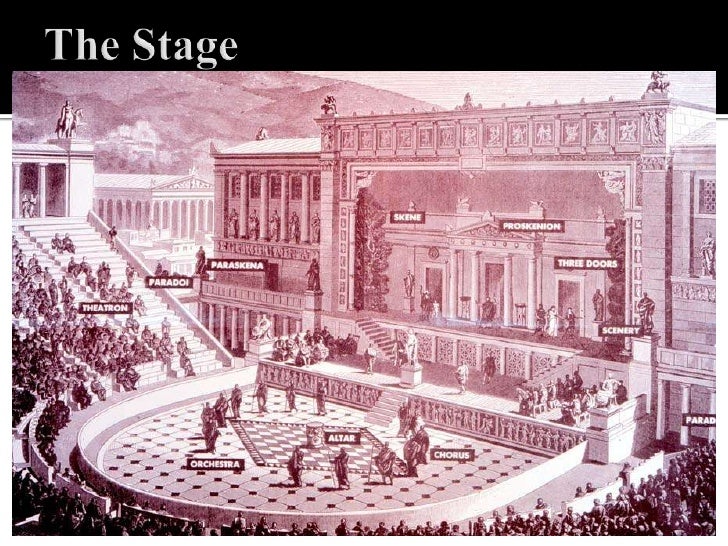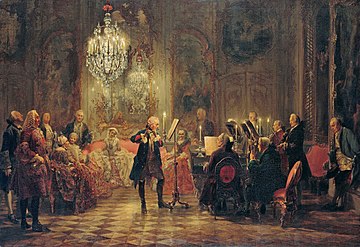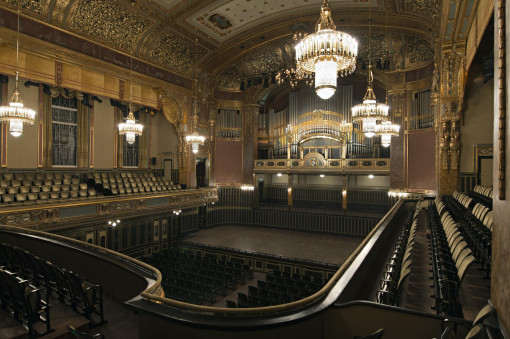 Vivaldi lived in Venice (Italy) 300 years ago. He played the violin and composed some concerts about the Four Seasons (Spring, Summer, Autumn and winter).
Vivaldi lived in Venice (Italy) 300 years ago. He played the violin and composed some concerts about the Four Seasons (Spring, Summer, Autumn and winter).Vivaldi vivió en Venecia (Italia) hace 300 años. Tocaba el violín y compuso unos conciertos sobre las Cuatro Estaciones (primavera, verano, otoño e invierno).
 Bach lived in Germany 300 years ago. He played the organ and there were many musicians in his family.
Bach lived in Germany 300 years ago. He played the organ and there were many musicians in his family.Bach vivió en Alemania hace 300 años. Tocaba el órgano y en su familia había muchos músicos.
Mozart lived in Austria 250 years ago. He played the piano and composed his first pieces of music when he was four years old.
Mozart vivió en Austria hace 250 años. Tocaba el piano y compuso sus primeras obras a los cuatro años.
Beethoven lived in Germany and Austria more than 200 years ago. He played the piano too. He got deaf but he still composed music.

Beethoven vivió en Alemania y Austria hace más de 200 años. Tocaba el piano también. Se quedó sordo pero siguió componiendo música.
This makes 2020 the 250th anniversary of Beethoven's birth, you can find out more about his life.
Este año se cumplen 250 años de su nacimiento. Puedes averiguar más sobre su vida aquí. https://www.youtube.com/watch?v=pNXoXbIS6jw&t=75s
Saint Saëns was french. He was a pianist too. He composed some music for a very special carnival: Carnival of the animals.
Saint Saëns era francés. También era pianista. Compuso música para un carnaval muy especial: El carnaval de los animales.













